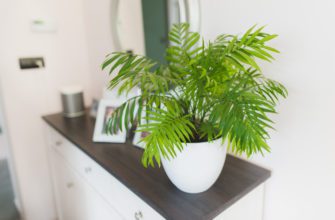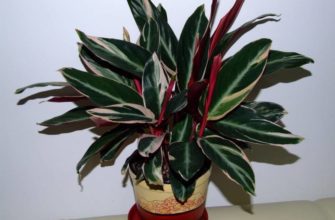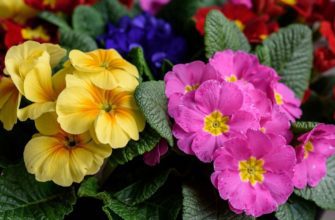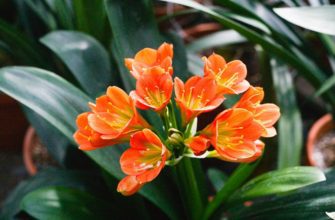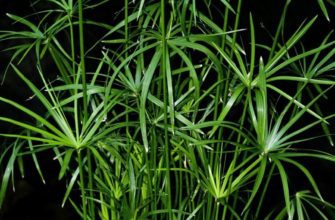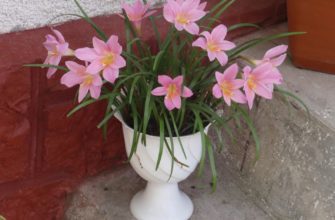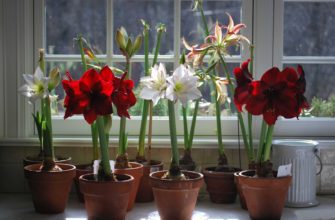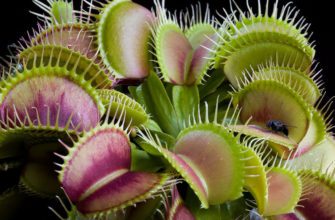Tillandsia is an amazing plant that has become a popular choice among indoor plant lovers. With its unusual appearance and unpretentiousness, it wins the hearts of gardeners around the world. In this article, we will dive into the world of tillandsia and consider how to provide it with decent care at home.
In the second section, we will talk about the variety of tillandsia species and their unique characteristics that allow this plant to survive in the harsh conditions of its natural habitat. You will learn how to choose a healthy and high-quality plant when buying it and how to determine the right place to place tillandsia in your home.
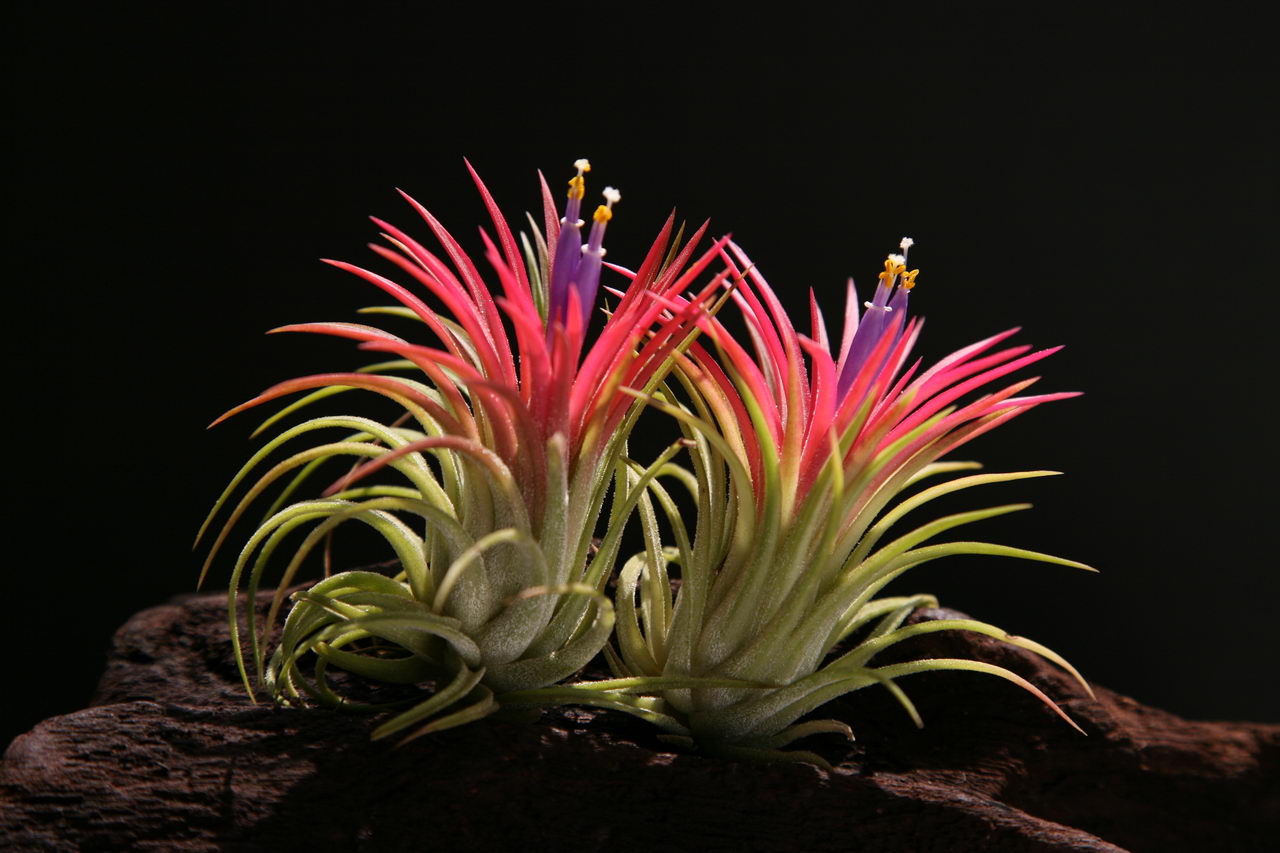
The popularity of Tillandsia as a houseplant
Tillandsia is an interesting and simple houseplant. It is also known as an "air plant" because it does not need soil to grow, instead, it gets its nutrients from the air.
Tillandsia is a popular choice for houseplant lovers because it is low maintenance. It does not need to be watered constantly; you can simply mist it with water once a week. The plant also does not need to be repotted into new soil mix, making it even more easy to maintain.
In addition, the plant has a very interesting and unique appearance, and you can use it to decorate your home. Also, you can use it as a decor element for weddings or other special events.
However, it should be remembered that tillandsia is not suitable for all types of decor due to its original shapes and sizes. It may look too bold in some interior styles.
Overall, Tillandsia is an easy-to-grow and surprisingly attractive plant that is popular among indoor plant lovers. It adds originality to the decor, is easy to care for, and certainly leads to new and interesting experiences.
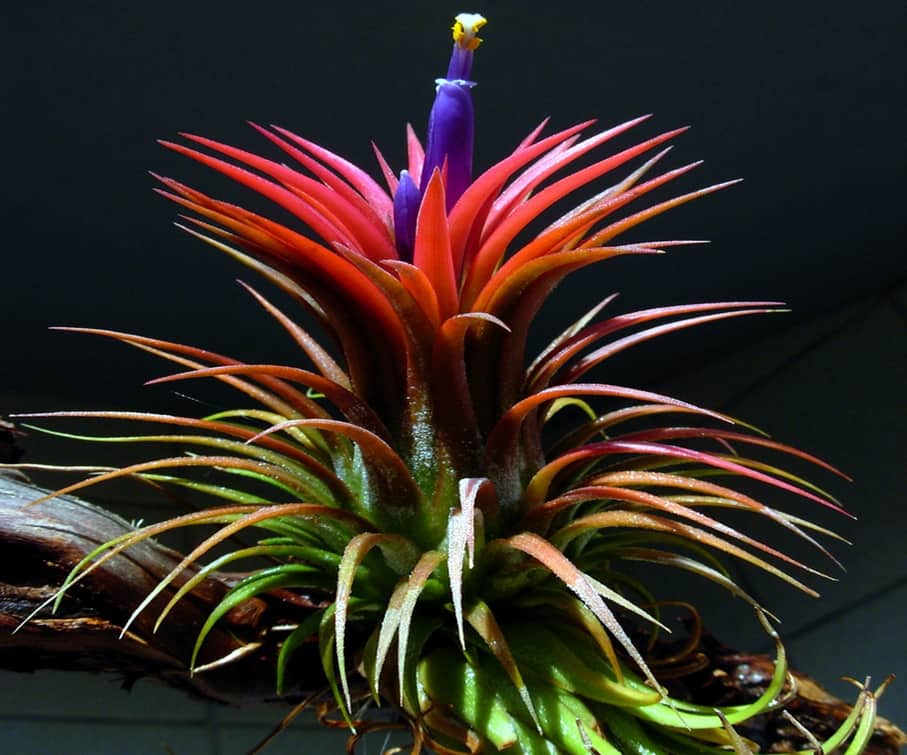
Description of Tillandsia
Tillandsia is a plant that amazes with its unusual beauty and adaptability. It belongs to the bromeliad family and is found in various species and forms. The appearance of tillandsia attracts attention with its graceful, leaf-like rosettes, which are formed from many soft and flexible leaves.
Tillandsias have a unique structure that allows them to survive in conditions where most other plants struggle. One of the most amazing features of the tillandsia is its ability to absorb moisture and nutrients directly through its leaves. This allows it to survive in conditions where water and nutrition are scarce, making it an ideal plant for those who are unable to provide regular watering or fertilizing.
Depending on the species, tillandsias can have different colors and sizes. Tillandsia flowers are its main attractive element. They can be bright and saturated, from white and yellow to orange, pink and red shades. Flowers often have an unusual shape and structure, creating an impression of tenderness and grace.
Tillandsias can be placed in a variety of settings, from home interiors to garden landscapes. They are often used to create vertical gardens, as well as as decorative accents on walls or other surfaces. Thanks to their ability to adapt to a variety of conditions, tillandsias have become popular plants among gardeners and interior designers.
It is important to note that tillandsias are epiphytes, which means that they can grow without soil, attaching themselves to other plants or objects. This makes it possible to create unique compositions and decorative elements using tillandsias.
Tillandsias also have the ability to bloom several times during their life. With proper care and optimal conditions, they can delight with their beautiful flowers for several years.
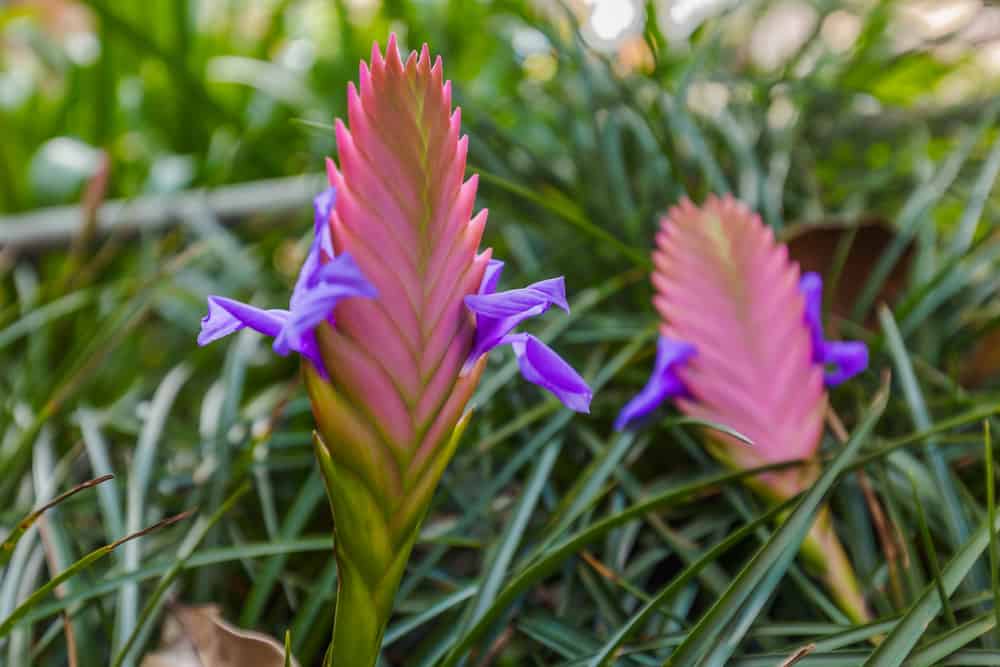
Tillandsia care
Caring for tillandsia at home is an important aspect of ensuring the health and beauty of this amazing plant. Attentive and proper care will help the plant flourish and delight you with its unique natural beauty. Here are some key aspects of tillandsia care that will help you create optimal conditions for its growth:
- Lighting and temperature: Tillandsia prefers bright but diffused light. Avoid direct sunlight, which can cause burns on its leaves. Place the plant near a window with an eastern or western exposure. The optimal temperature for the plant is about 18-24°C, and it tolerates small temperature fluctuations well.
- Watering and humidity: Tillandsia is an epiphytic plant, which gets its moisture and nutrients from the air and rainfall. Water the plant by spraying its leaves with soft water or by immersing them in water for 15-30 minutes, then let the plant dry thoroughly. Water the plant 1-2 times a week in the summer and reduce the frequency of watering in the winter. It is important to avoid overwatering, as this can lead to root rot. To ensure optimal humidity, it is recommended to regularly spray the tillandsia with soft water. You can also use humidifiers or place the plant on a stand with water to create increased humidity around it.
- Fertilizer and soil: Tillandsias do not require intensive fertilization, but a small amount of fertilizer can help the plant get the nutrients it needs. Use a weak solution of fertilizer for orchids or bromeliads. Fertilize the plant once a month in the spring and summer, and reduce or stop fertilizing in the winter. As for the soil, tillandsias prefer a light, well-drained substrate. You can use a special substrate for orchids or prepare a mixture of bark pieces, sand and sphagnum.
- Other aspects of care: In addition to the basic aspects of care, you should pay attention to pruning and removing faded flowers. Cut off faded flowers at the base to stimulate new growth. It is also important to ensure good air circulation around the tillandsia to avoid rot and disease.
It is important to remember that each type of Tillandsia may have some specific care requirements, so it is recommended that you familiarize yourself with the specific requirements of your plant species and take these into account when caring for it.
By following these recommendations and paying attention to the needs of the tillandsia, you will create optimal conditions for its growth, development and joy with its beautiful appearance.
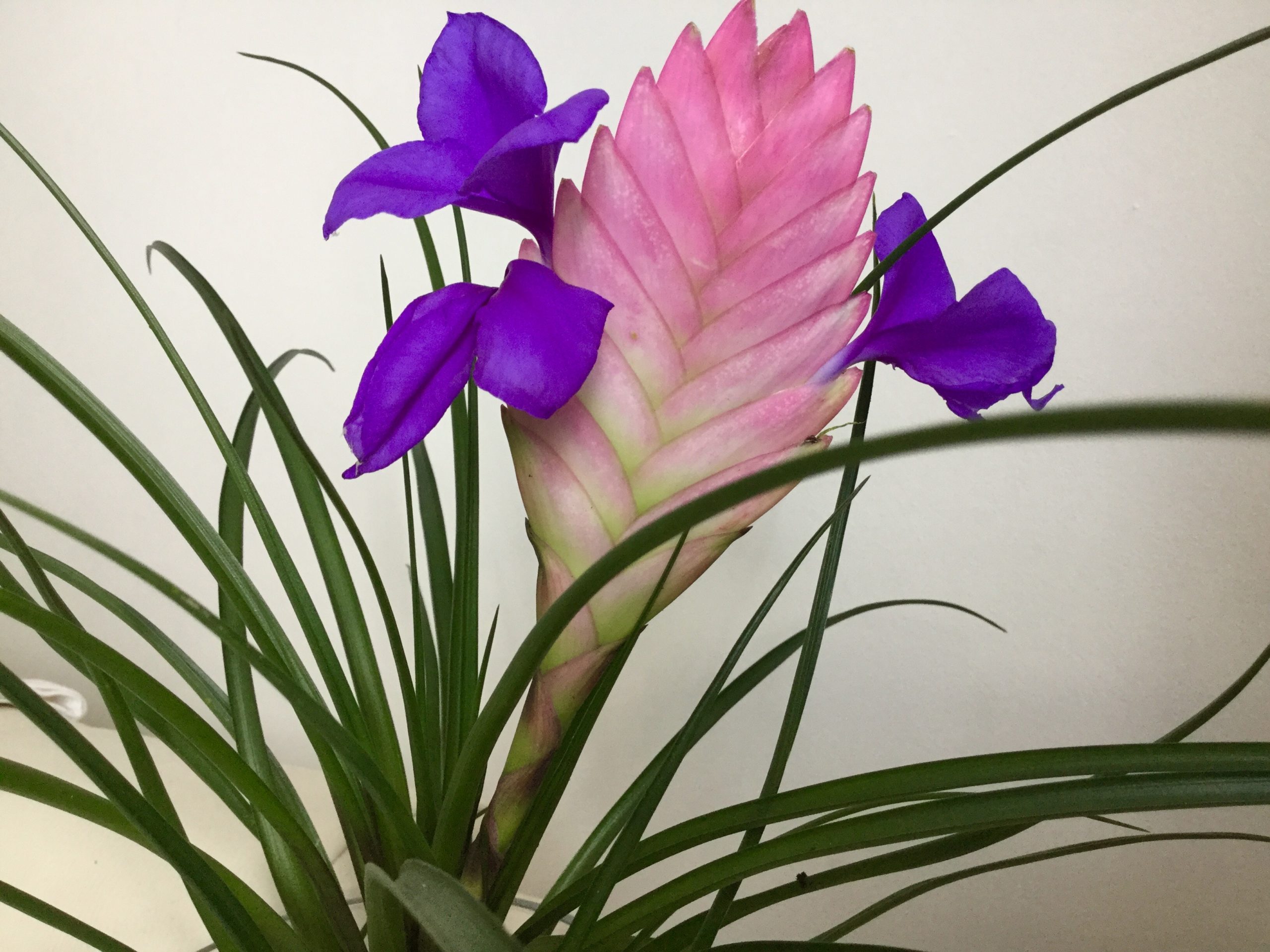
Reproduction of Tillandsia
Propagating Tillandsia can be a fun and interesting activity for those who enjoy caring for indoor plants. Tillandsia has various methods of propagation, but the most common are propagation by division of the rosette and cuttings.
Reproduction by dividing the rosette is the easiest method. To do this, you need to choose a healthy plant with several rosettes and carefully separate them from each other with a sharp knife. To avoid damaging the roots, you need to be careful during this procedure.
Rosettes can be planted individually in containers with the same soil mixture as for mature plants. Cuttings are another way to propagate tillandsia. To do this, select a mature plant and trim off the lower part of its leaf.
Then you need to place this piece of leaf in a container with soil mixture or in the spring a moistened medium. At higher humidity, the cuttings grow faster. New plants will begin to grow from a bud that sometimes forms on a cut leaf.
The third method of propagating tillandsia is to collect seeds from mature flowers. To do this, wait until the flower and petals of the plant have completely faded, then the fruit will be ready for collecting seeds. The seeds should be placed in a plate, covered with film and placed in a warm place with a certain humidity.
Remember that the propagation process may take some time. Don't forget about caring for new plants. They require the same care as an adult plant. Propagating tillandsia can be a difficult procedure, but it is an elegant way to get new plants and enjoy their beauty.
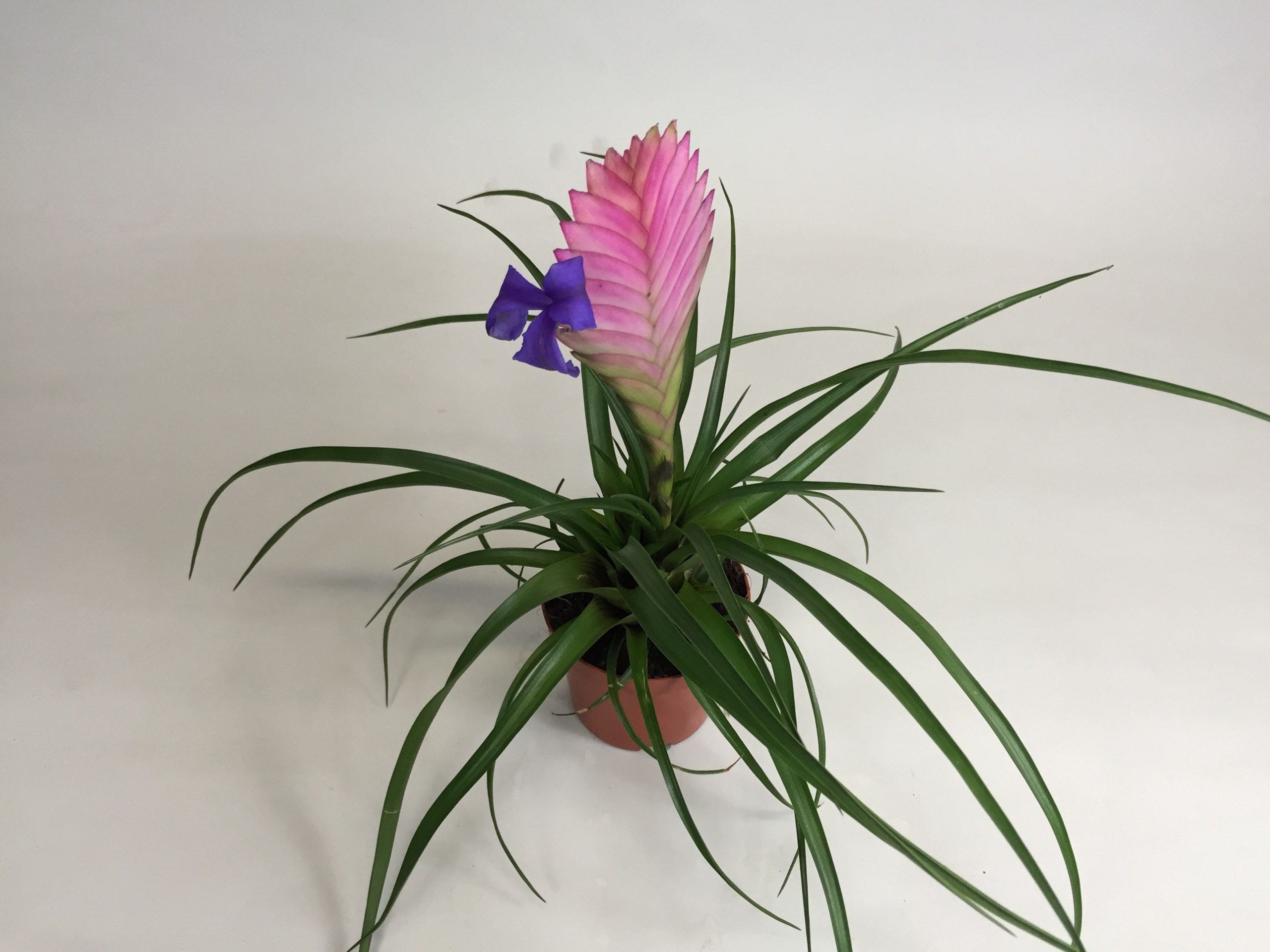
Plant transplantation
Repotting a tillandsia plant is an important stage of care that helps to renew the substrate and provide optimal conditions for its growth and development. Here are some key steps and recommendations that will help you successfully repot your tillandsia:
- Choosing the time for transplantation: The best time to repot tillandsia is in the spring or early summer when the plant is actively growing. Avoid repotting during the cold winter months or during flowering to avoid disrupting the plant's natural cycle.
- Preparing a new pot and substrate: Choose a pot with good drainage, preferably plastic or clay with holes in the bottom. Prepare a substrate consisting of a mixture of bark pieces, sphagnum and sand. Make sure the substrate provides good air permeability and drainage.
- Preparing the plant for transplantation: Before repotting, mist the tillandsia well to moisten the roots and make them easier to remove from the old pot. Carefully remove the plant from the old pot, being careful not to damage the roots.
- Root treatment: After removing the plant, carefully inspect its roots. If you notice rotten or damaged roots, remove them by cutting them back to healthy tissue. Remember that Tillandsia is epiphytic in nature, so the roots may be aerial and delicate.
- Transplanting into a new pot: Place the tillandsia in the new pot, making sure the roots are evenly distributed. Fill the spaces between the roots with fresh substrate and press it down gently to ensure good contact between the roots and the substrate. Do not bury the plant too deeply – leave the basal rosette level with the substrate surface.
- Aftercare: After repotting the tillandsia, water the plant and leave it in the shade for a few hours to allow the roots to settle. Then return the tillandsia to its usual location, providing it with bright but indirect light. During the first few weeks after repotting, it is especially important to monitor the humidity level and avoid overwatering.
- Observation and adaptation: After repotting, tillandsia may go through an adaptation period for some time. Be attentive to the plant, monitor its growth and general condition. If you notice signs of stress or problems, adapt the care and conditions to provide favorable conditions for its recovery.
Repotting tillandsia is an important step in its care, which helps to maintain the health and growth of the plant. Properly performed repotting will provide optimal conditions for tillandsia and help it to thrive in your home or garden.
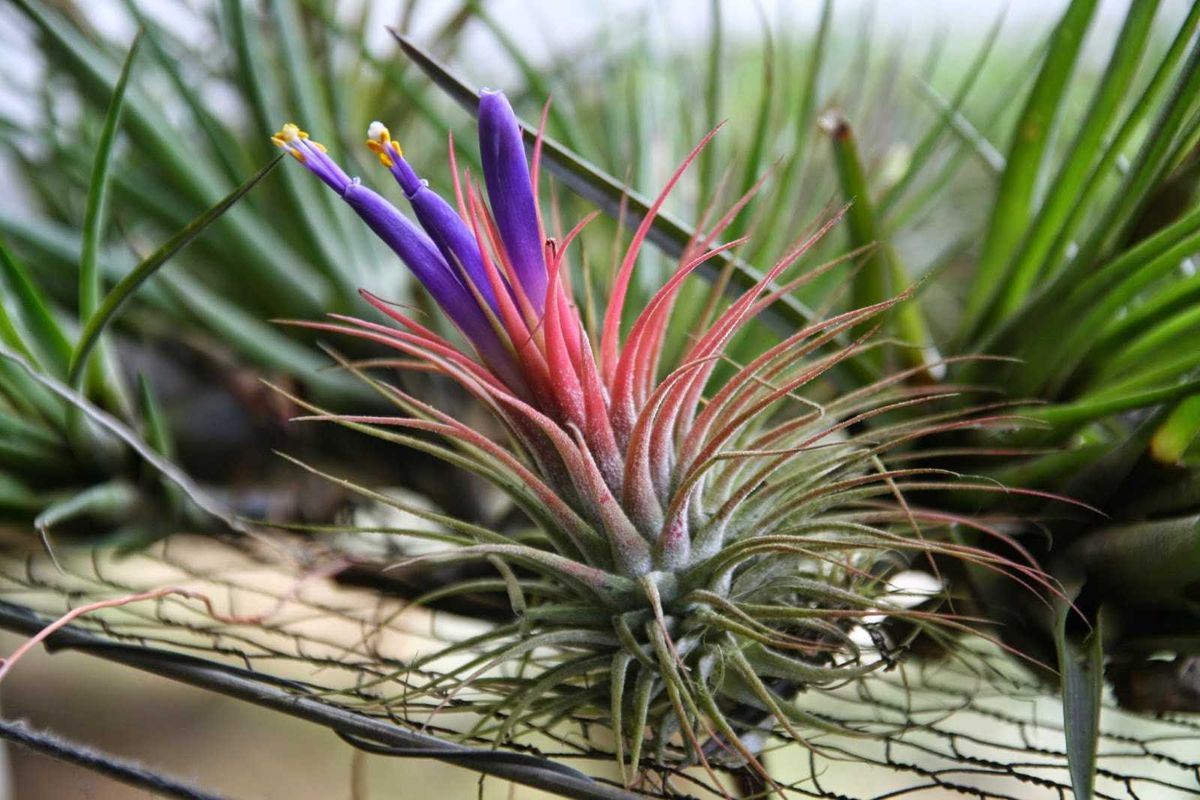
Common diseases and pests
Tillandsia is a plant that is often used as a decorative element in homes. It is unpretentious and does not require daily care, however, like other plants, it can be attacked by pests and diseases.
One of the common problems tillandsia owners face is spider mite problems. These tiny insects can multiply quickly if the environment is too dry, which can cause the leaves to wilt and even kill the plant.
Some symptoms of a spider mite attack may include the appearance of whitish dust on the underside of leaves, drying of leaves and stems, and visible bite marks.
Another common pest that can attack tillandsia is mealybugs. These insects produce a white powder on the tops of leaves and leaf blades, which can cause the plant to wilt.
To combat them, you can use mild soap and water, as well as natural insecticides. In addition, the plant can be exposed to various fungal infections, such as late blight and other fungi.
These diseases can cause the roots, leaves, stems and flowers of the plant to wither and rot. These diseases can be controlled by regular, abundant watering and proper plant care.
In general, tillandsia is an unpretentious plant, but, as with any other plant, if it is not given enough care and the air is dry, it can be susceptible to infection and suffer from pests.
To avoid diseases and pest attacks, it is recommended to inspect the plant regularly and, if in doubt, contact a professional gardener for further advice.
The Importance of Proper Tillandsia Care
The importance of proper tillandsia care is that it allows the plant to thrive and maintain its health over a long period. Tillandsia is an air plant and in its natural environment it grows on trees.
In indoor conditions, this plant can survive if optimal conditions for growth and development are provided. The main factors that are necessary for proper care of tillandsia include light, humidity and temperature.
The plant should receive sufficient light, but not direct sunlight, to avoid leaf burns. Also, the temperature should be between 15-28°C to ensure optimal plant growth.
The air in the room also plays an important role in the health of tillandsia. The plant needs high humidity because it lives on hard surfaces, at the bottom of its native jungle, where humidity is high.
Increased humidity can be achieved by daily spraying with water or placing in close contact with other plants. However, sufficient air flow must be provided to avoid rotting of the plant.
Plant care also includes regular watering, but not every day, as this can lead to root rot, and preferably once a week. It is also necessary to properly compose the soil for tillandsia, which does not contain harmful additives, to avoid infection with fungal diseases.
Proper care of the plant will ensure healthy growth, will lead to more beautiful and long-lasting blooms, and will also ensure a long life for the plant. In some cases, when proper care is not provided, Tillandsia may face problems in the form of diseases and pests that can seriously damage its health.

